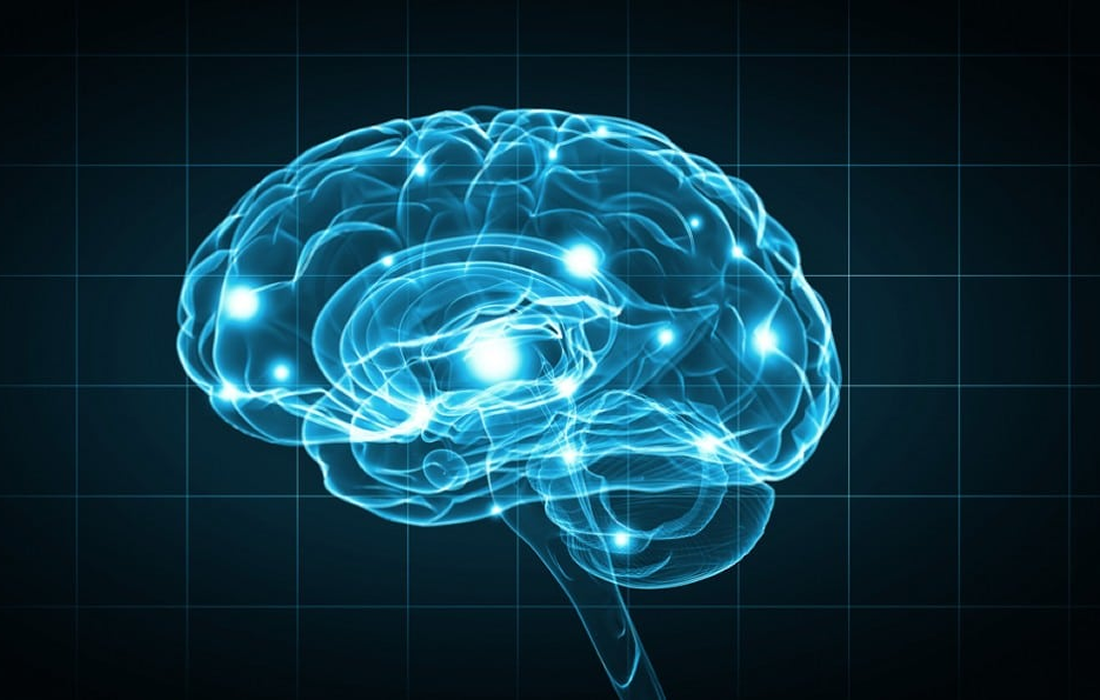Stem Cell Therapy for Specific Conditions
Can Mesenchymal Stem Cells Get Into the Brain?
The Blood Brain Barrier
Blood vessels are critical to deliver oxygen and nutrients to all of the tissues and organs throughout the body. The blood vessels that vascularize the central nervous system (CNS) possess unique properties.
These blood vessels are known as the blood brain barrier (BBB). Their different properties allow them to tightly regulate the movement of ions, molecules, and cells between the blood and the brain.
This precise control of the CNS allows neurons to function properly and protects neural tissue from toxins and pathogens.
The BBB is formed by cellular interactions between brain microvascular endothelial cells, astrocytes, pericytes, and neurons.
Mesenchymal Stem Cells
Mesenchymal stem cells (MSCs) are an especially attractive therapeutic agent due to their ease of isolation, established safety, and potential to target multiple pathways involved in neuronal regeneration.
These cells can secrete cytokines and growth factors with antiapoptotic, proangiogenic, neuroprotective, and immunomodulatory properties.
There are currently many ongoing clinical trials evaluating the use of MSCs in neurological diseases. Furthermore, there is also great interest in using MSCs as vehicles to deliver antitumor therapeutics for brain tumor treatment.
MSCs Tropism towards brain
MSCs that are delivered systemically have been shown to preferentially localize to sites of inflammation, injury, ischemic lesions, and tumors including those in the brain.
In a study by Yilmanz et al, researchers found that intravenously (IV) injected mouse bone-marrow-derived MSCs home to the infarct site in the transient middle cerebral artery occlusion model for stroke. During the first two hours after stroke, MSCs are transiently trapped in the lungs but migrate over time within the region of brain ischemia.
In another study, Kim et al. also found that human adipose-derived MSCs transplanted through an IV crossed the BBB and migrated into the brain in a mouse model for Alzheimer’s disease.
These studies suggest that MSCs may possess leukocyte-like, active homing mechanisms that enable them to interact with and migrate across the BBB under injury or inflammation.
Conclusions
The use of MSCs transplantation via systemic administration holds an incredible potential to treat different neurological diseases. It seems clear that, at least in vitro, MSCs possess leukocyte-like molecular mechanisms involving adhesion molecules, chemokines, and proteases that enable their migration.
Studies have shown that when MSCs are administered systemically they can migrate to the brain and cross the BBB, getting into damaged regions of the brain. This has been confirmed through the use of magnetic resonance-based tracking of the transplanted cells in animal models. That way they can start secreting different growth factors and cytokines that modulate the immune response, and help in the treatment of many neurological diseases.
Sources:
Daneman R, Prat A. The blood-brain barrier. Cold Spring Harb Perspect Biol. 2015;7(1):a020412. Published 2015 Jan 5. doi:10.1101/cshperspect.a020412
Liu L, Eckert MA, Riazifar H, Kang DK, Agalliu D, Zhao W. From blood to the brain: can systemically transplanted mesenchymal stem cells cross the blood-brain barrier?. Stem Cells Int. 2013;2013:435093. doi:10.1155/2013/435093.
Image from:

